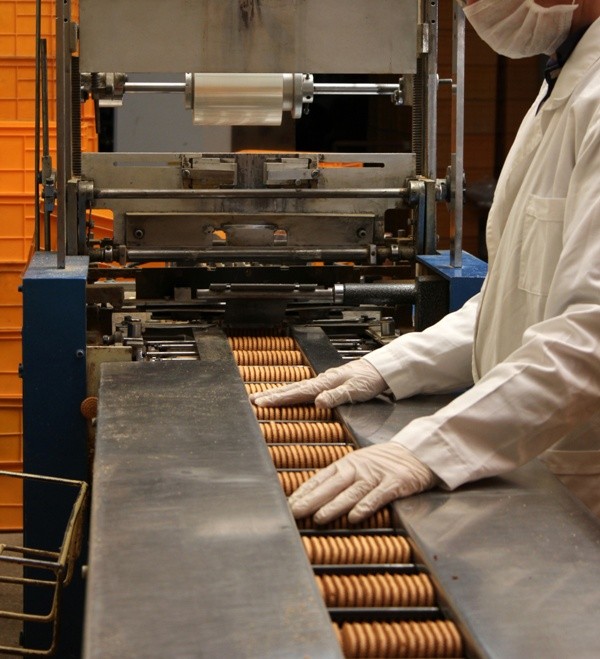December 2018 Newsletter:
Controls for Improved Ergonomics
Ergonomics refers to the science of fitting the work to the abilities of the worker(s) performing it. Proper ergonomic design helps to ensure maximum productivity and efficiency, while at the same time ensuring a healthy, safe, and injury-free workplace for all employees.
Ergonomic principles can be applied both reactively (e.g. responding to an existing issue or injury) and proactively to prevent poor ergonomic set-up (e.g. in the concept/design phase of a project). Regardless of the timing, the goal is always the same: Implementing ergonomic practices and controls to mitigate ergonomic hazards.
Implementing Hazard Controls: What to Look For

Workstation set-up and layout is highly dependent on the work being performed (e.g. precision work, light work, heavy work) and the position of the worker (e.g. seated, standing, semi-sitting). However, regardless of these factors, you should always keep a keen eye out for the common ergonomic hazards:
- Awkward postures (e.g. reaching, bending, looking down)
- Force (e.g. heavy equipment/products)
- Static postures (e.g. prolonged length of time holding one posture)
- Repetition
- Contact stress
- Vibration
- Cold
Once hazards have been identified, it�s time to move on to the development of controls. Let�s consider some options for controls to implement at your workplace:
- Height adjustability: To ensure that all employees are working at a comfortable height that minimizes back bending and awkward shoulder postures, height adjustable work surfaces should be considered whenever practical ensuring the height range is adequate enough to accommodate the work being done and the worker sizes; for example, a large product might require a lower work surface.
- Workstation layout: A redesigned workstation layout can help to ensure that workers are not required to reach too far or too high. A good rule of thumb is that all common reaches should be within one arms� length from the body and operators should work between knee and shoulder height whenever possible.
- Hand/power tool selection: Ergonomics should be taken into account during all purchasing of tools and equipment. The features to consider varies on the tools that you are using but you may want a specific handle size, angle or shape, lowest practical RPM for vibrating tools, power tool control types (e.g. paddles, triggers), and more. The goal is to consider the task for each tool specifically looking at how the tool will impact ergonomic hazards such as posture and force.
Ergonomic change can be as simple and cost-effective as changing the workstation layout or location of a tool, but it can also be as complex as redesigning an entire assembly line. We know that sounds expensive, but did you know that the cost of most ergonomic controls is recovered in less than 1 year and nearly all costs are recovered within 3 years?
Consider this: in 2011, WSIB reported that a lower back injury typically cost between $33,000-$52,000 in direct and indirect costs, and some companies will experience several of these each year (WSIB Ontario, 2011). You might be �investing� in injuries that cost you hundreds of thousands of dollars each year rather than putting that money into prevention and reaping the long-term benefits.
Talk about a solid return on investment!
Not on our e-mail list? Click here to subscribe to receive future newsletters directly to your inbox.


